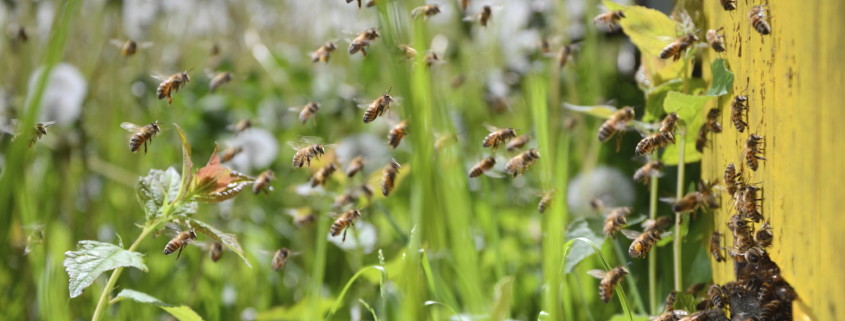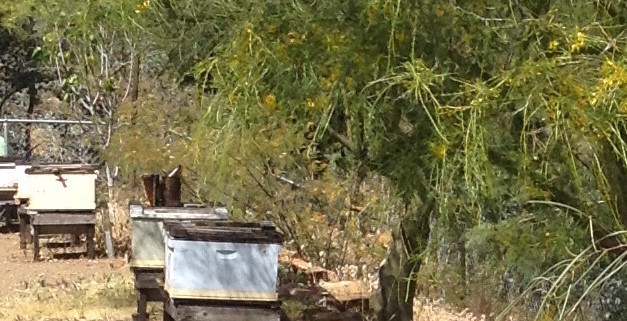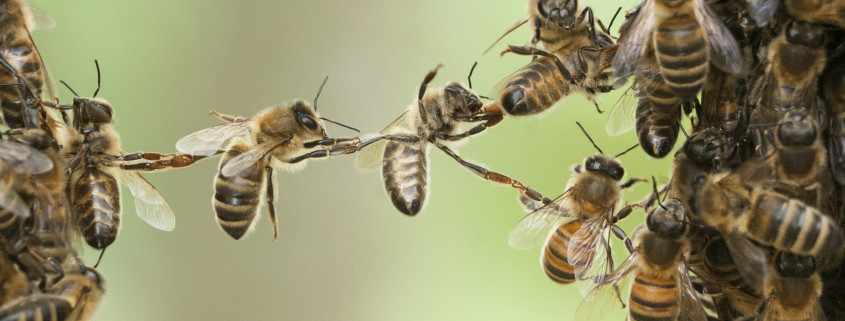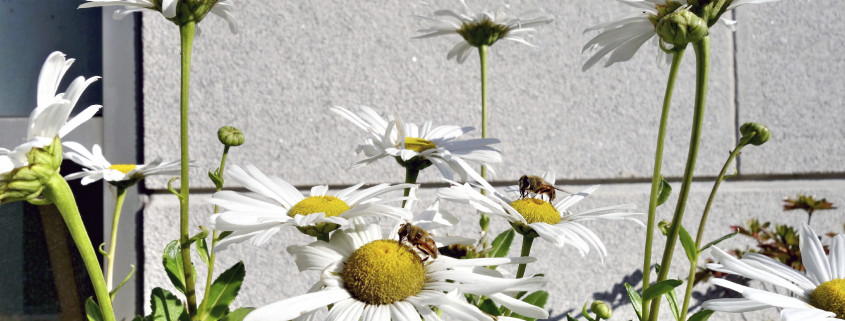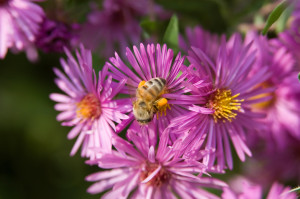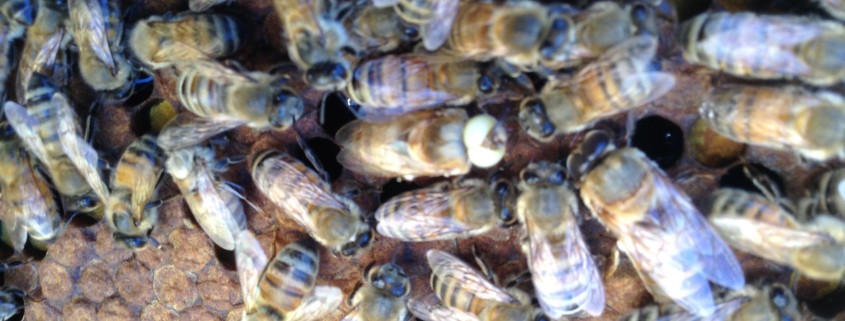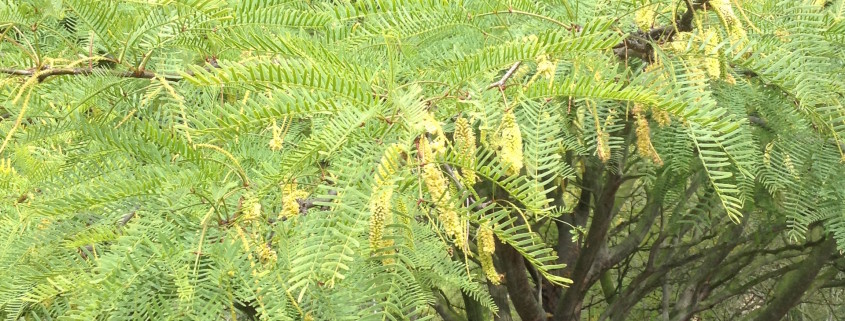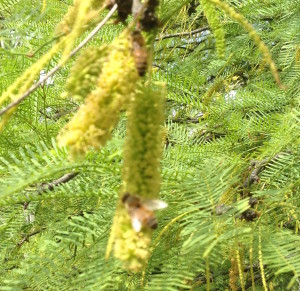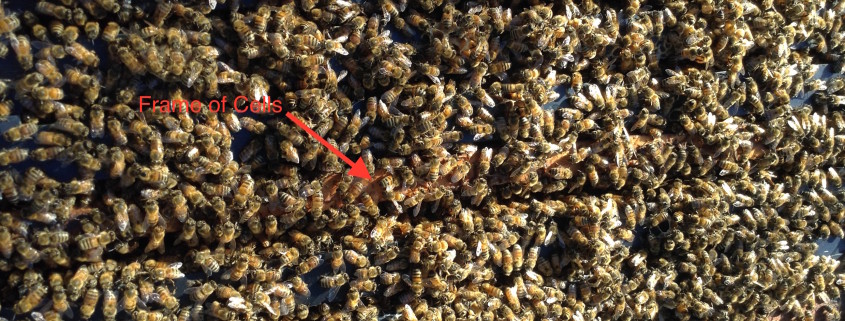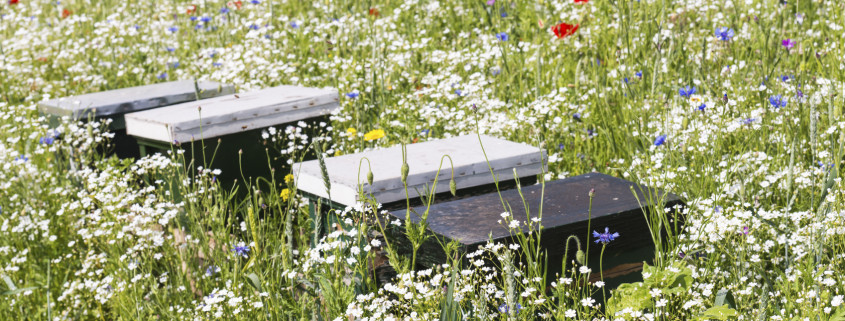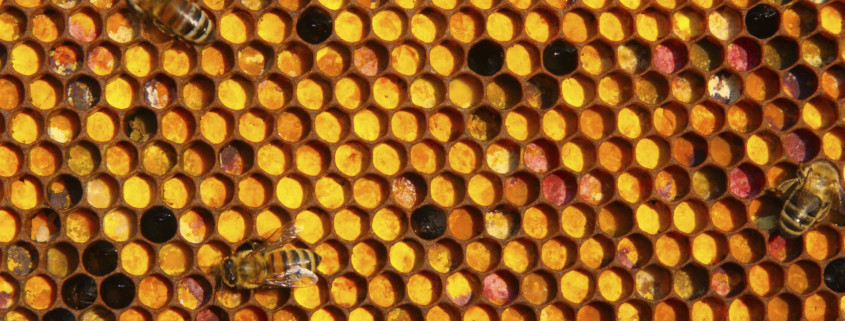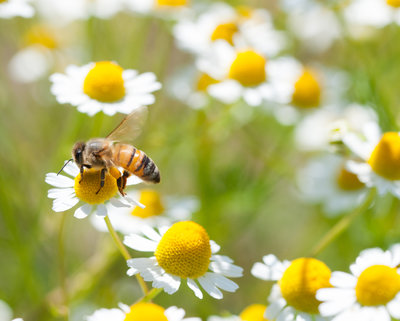Bee Training Flights
If you have been keeping bees for any length of time, you will almost undoubtedly notice certain days, and especially certain times of days, where a whirlwind of activity bursts forth around the colony’s entrance. Especially on sunny, windless afternoons, you often will find scores of young fuzzy bees, pitter-pattering around the entrance, seemingly flying in aimless circles, back and forth. This excited flight lasts around an hour then dies down and completely stops! What is going on?
You have just paid a visit to baby bee flight training school.
Up until around three weeks of age, young honeybees mainly stay inside the hive, tending to their in-hive tasks, such as cleaning, nursing larva, attending to the queen, etc. Around three weeks of age, however, young honeybees begin their transition to new roles as foragers. This transition is not immediate. First the young bees must learn how to fly and orient themselves so they do not get lost once they leave the hive. Three week old bees leave the hives in groups, flying in ever expanding arcs back and forth around the front of the hive, learning the look and location of it so they can find their way home at a later time. These first flights are for orientation only, and not for foraging.
Inexperienced beekeepers sometimes confuse orientation flights with robbing. The two types of activity look somewhat similar to a novice, but there are key differences. Robbing bees fly aggressively and are often seen around the lid of the colony, rather than only around the entrance. Fighting often accompanies robbing. Orienting bees, on the other hand, have a lightness and playfulness about their flight that is anything but aggressive. Also, robbing bees are older adults, whereas orienting bees are young, often lighter and fuzzy.
Scientists are unclear why these training flights appear to take place simultaneously, rather than throughout the day. Why do so many bees decide to practice flying at exactly the same time? Is it because of the quality of the weather conditions, the time of day, or are these flights somehow coordinated by the hive? Are there instructors or guides to this process? This uncertainty only adds to the mysteriousness and beauty of the magical, frenzied training flights.

